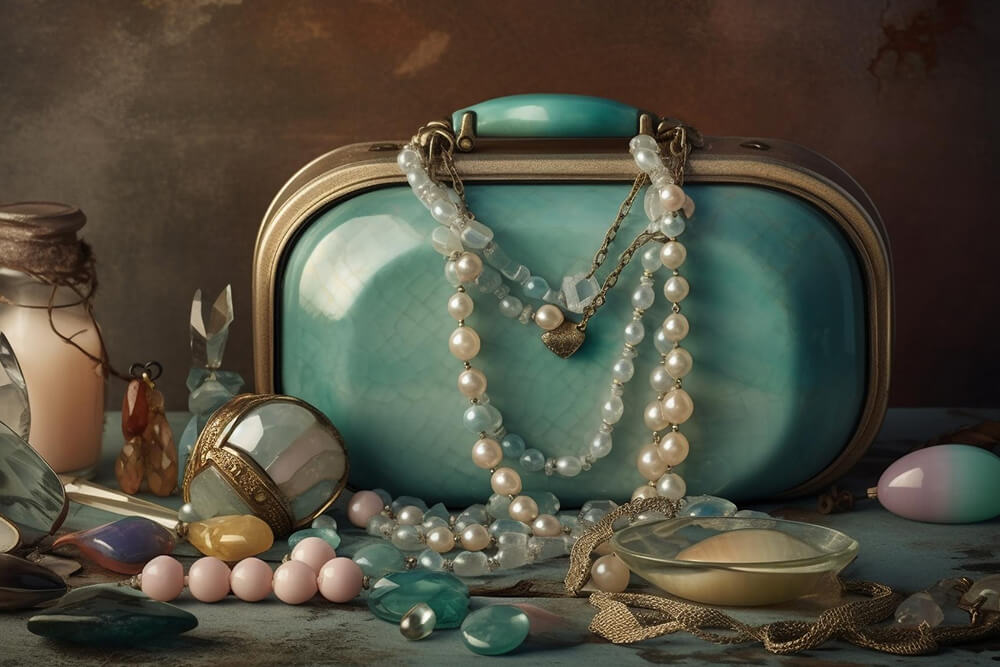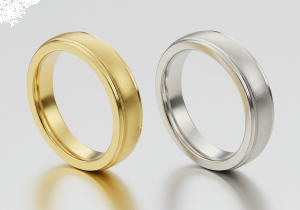
The difference between natural, industrial and agricultural pearls
A Detailed Article on the Difference Between Natural, Cultured, and Synthetic Pearls
Pearls are precious gemstones that have been used in jewelry and ornamentation for centuries. They are prized for their lustrous beauty and come in various shapes and colors. Pearls can be categorized into three main types: natural pearls, cultured pearls, and synthetic pearls. In this article, we will explore the differences among these three types.
- Natural Pearls:
Natural pearls are a rare type of pearl that forms when a foreign object, such as a grain of sand or a small piece of shell, enters an oyster. Over time, layers of nacre form around this foreign object, leading to the formation of a pearl. Natural pearls are considered rare and precious because they require rare natural factors and a long time to form. They come in a variety of colors depending on the type of oyster and the environment.
- Synthetic Pearls (Imitation Pearls):
Synthetic pearls are pearls that have been artificially created in a laboratory. A base material, such as glass beads or plastic beads, is used, along with a special coating, to create synthetic pearls. This type of pearl can be manufactured more quickly and at a lower cost than natural pearls. It can also be precisely shaped and colored, making it a common choice in the jewelry industry.
- Cultured Pearls:
Cultured pearls are a type of pearl that is cultivated under controlled conditions in pearl farms. A nucleus material is inserted into oysters or mussels, and this material acts as the irritant that stimulates pearl formation. Environmental factors such as water temperature and salinity are controlled to ensure optimal pearl growth. Cultured pearls are considered to be of medium to high quality and come in a variety of shapes and colors.
Key Differences:
Source:
- Natural pearls naturally form inside oysters or mussels.
- Synthetic pearls are artificially created in a laboratory.
- Cultured pearls are grown in pearl farms under controlled conditions.
Rarity and Cost:
- Natural pearls are rare and typically more expensive.
- Synthetic pearls are less rare and less expensive.
- Cultured pearls can vary in cost depending on their quality.
Shape and Colors:
- Natural pearls come in a variety of colors and shapes influenced by natural factors.
- Synthetic pearls can be precisely shaped and colored.
- Cultured pearls come in various shapes and colors depending on the farm's settings.
Quality and Durability:
- Natural pearls are generally considered of the highest quality and durability.
In conclusion, the choice of pearl type depends on personal preferences and budget. Natural pearls are the most luxurious and rare, while synthetic and cultured pearls offer diverse options at a lower cost.






